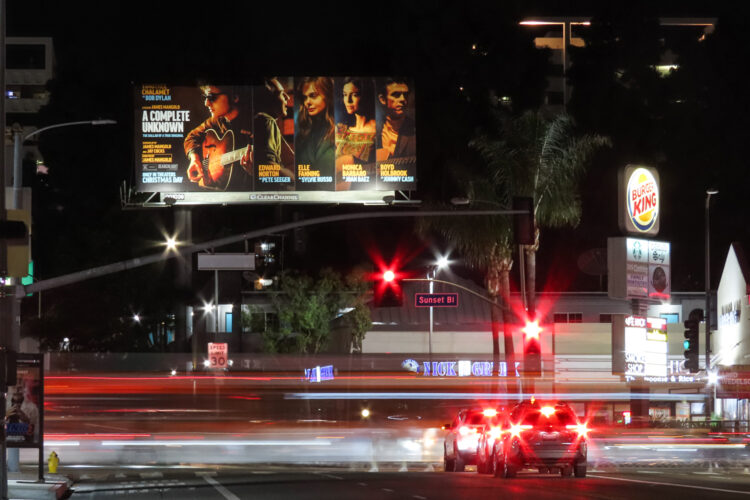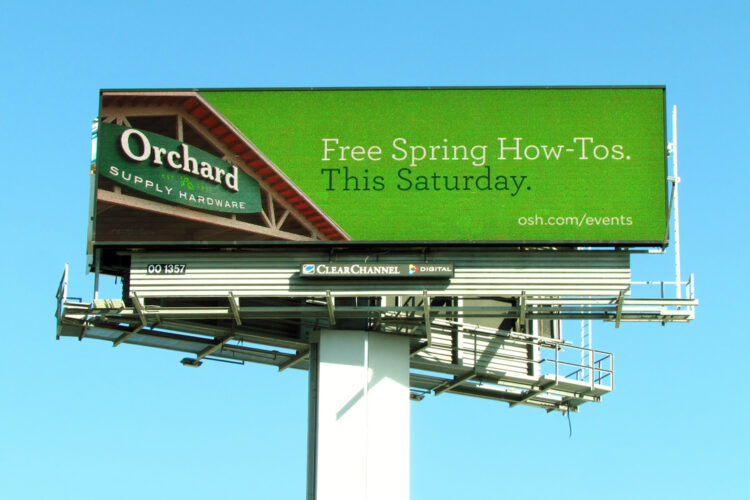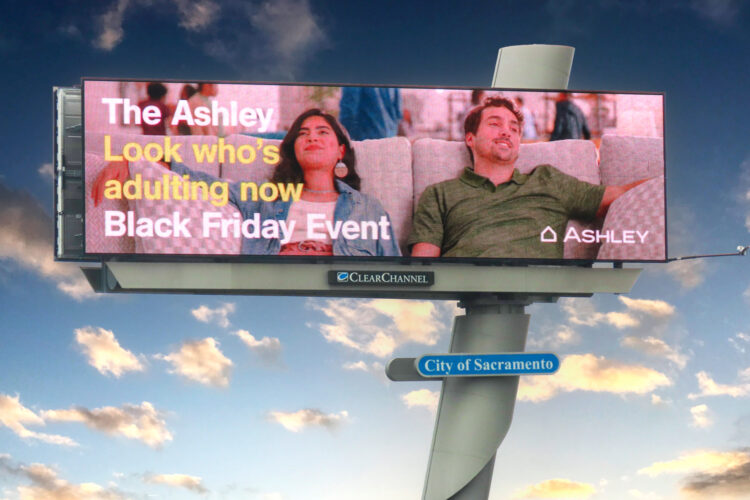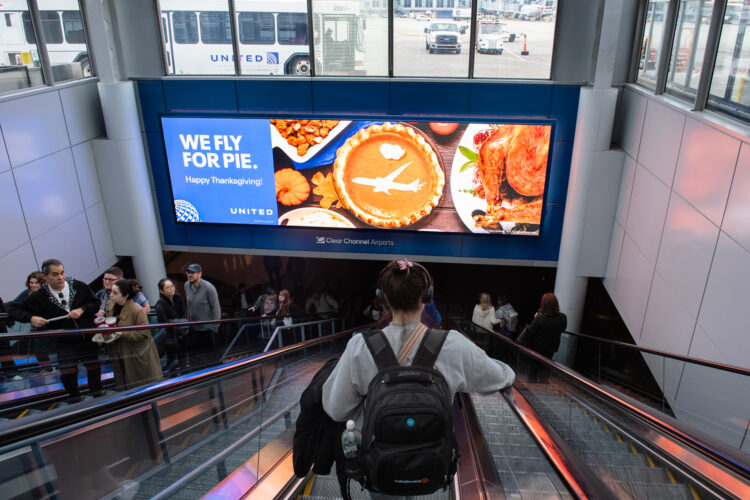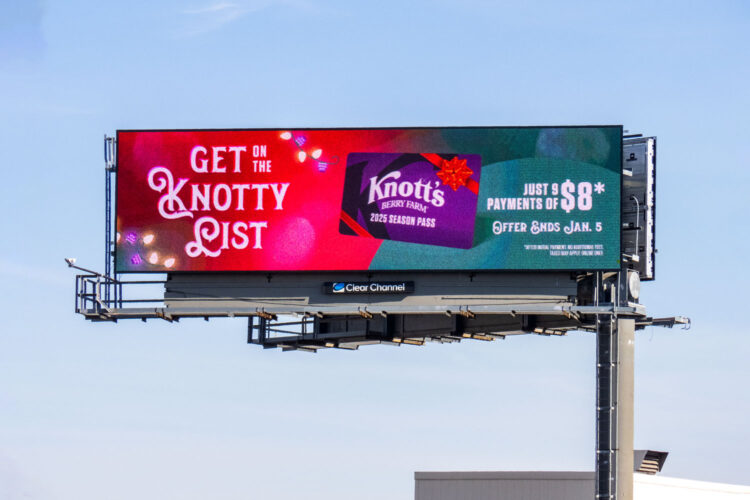When Emergencies Strike, Digital Billboards Deliver Life-Saving Information in Real-Time
At Clear Channel Outdoor (CCO), serving communities is a core value. In times of need, we harness the power of our digital billboards to help officials keep residents safe.
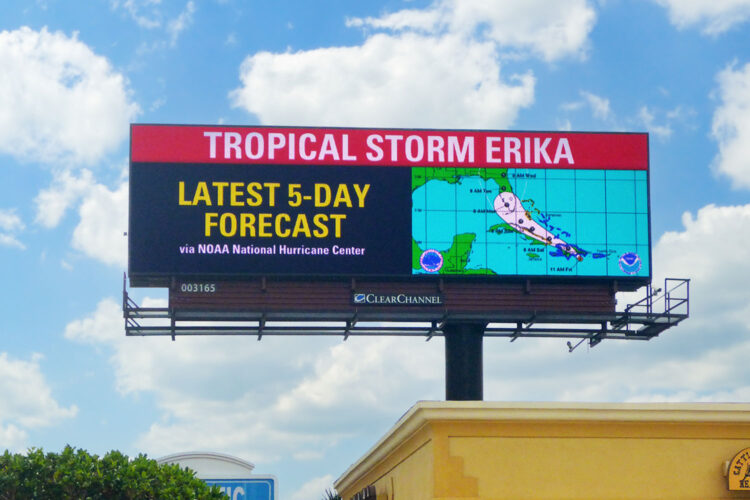
Across the U.S., communities face an increasing number of extreme weather events—from hurricanes and wildfires to heat waves and snowstorms. When communities are negatively impacted, safety and law enforcement officials need a quick and trusted platform to deliver urgent, life-saving information to residents. Clear Channel digital billboards are built to respond in real time, with the flexibility to update messaging quickly as situations change.
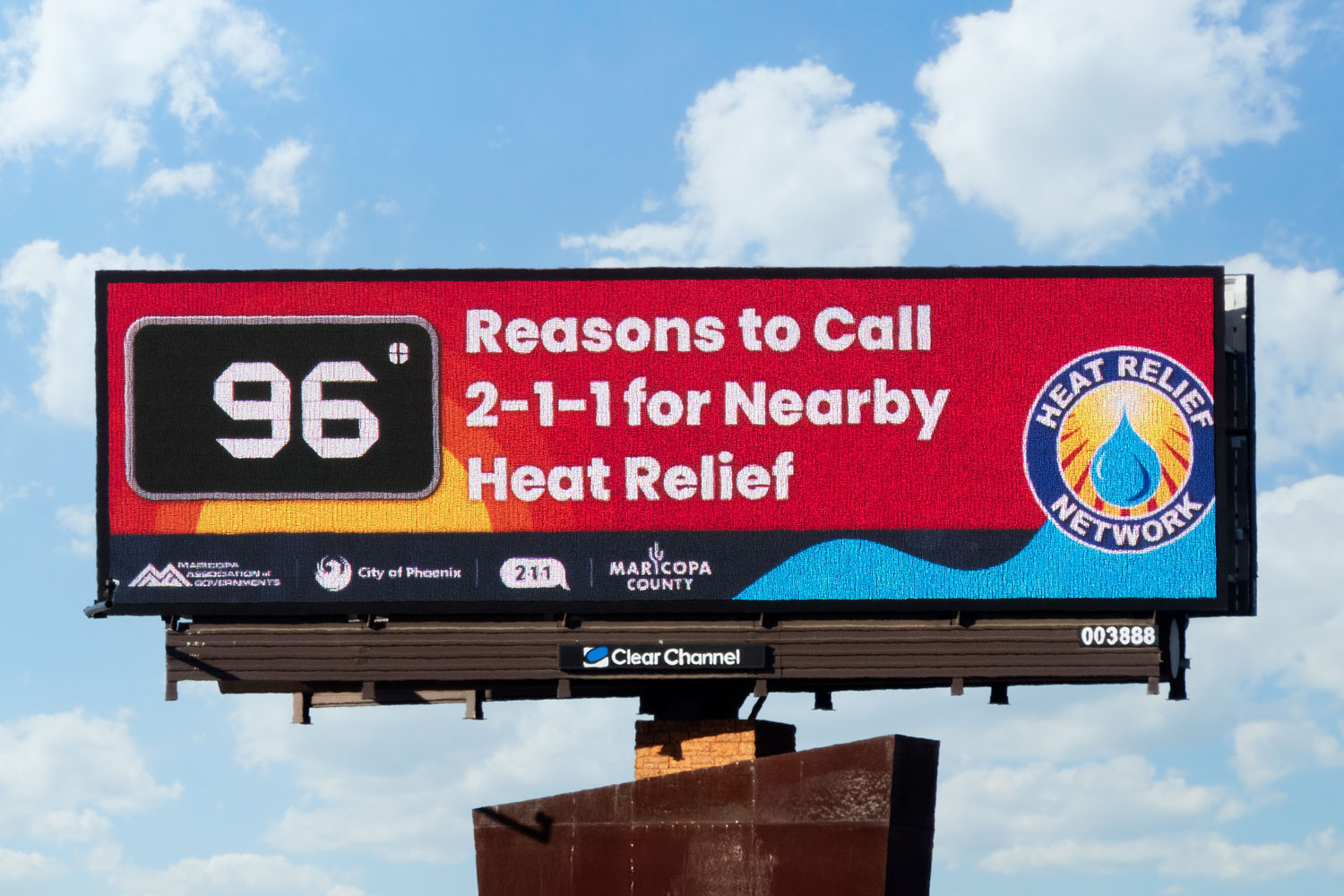
A scalable public safety channel
Because content can be updated instantly, digital billboards offer local governments a reliable tool to reach residents at scale—day or night, across changing conditions. As public safety needs evolve, we continue to invest in technology and partnerships that help strengthen community readiness and resilience.
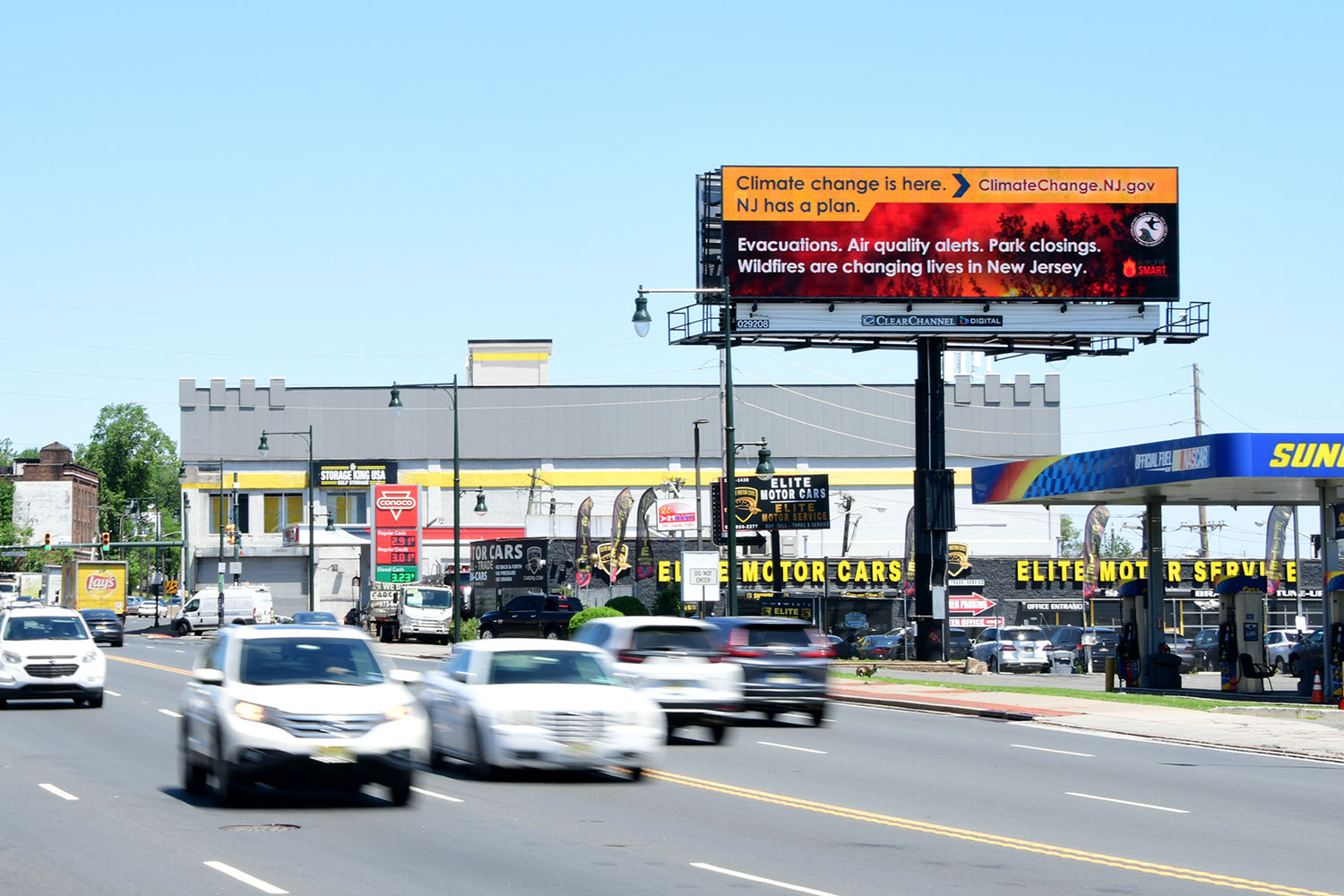
Real life examples of how our digital billboards serve communities
Our digital displays are strategically located along major roadways and urban corridors, allowing local officials and emergency management agencies to quickly share critical updates—from evacuation notices and shelter locations to road closures and weather alerts.
In hurricane-prone markets like Houston, we partnered with five counties—Harris, Montgomery, Waller, Fort Bend, and Galveston—where we deployed more than 50 digital billboards in 2025 to support public safety messaging in the lead-up to hurricane season. The boards displayed preparedness countdowns, safety reminders, and alerts as conditions developed.
In Arizona’s Maricopa County, we supported a county-wide campaign in 2024 and 2025 to raise awareness of 211 Arizona, a state-wide information and referral service. The campaign directed residents to cooling centers and heat relief services. More than 100 CCO digital displays carried these messages during peak summer months, helping connect vulnerable populations to life-saving resources.
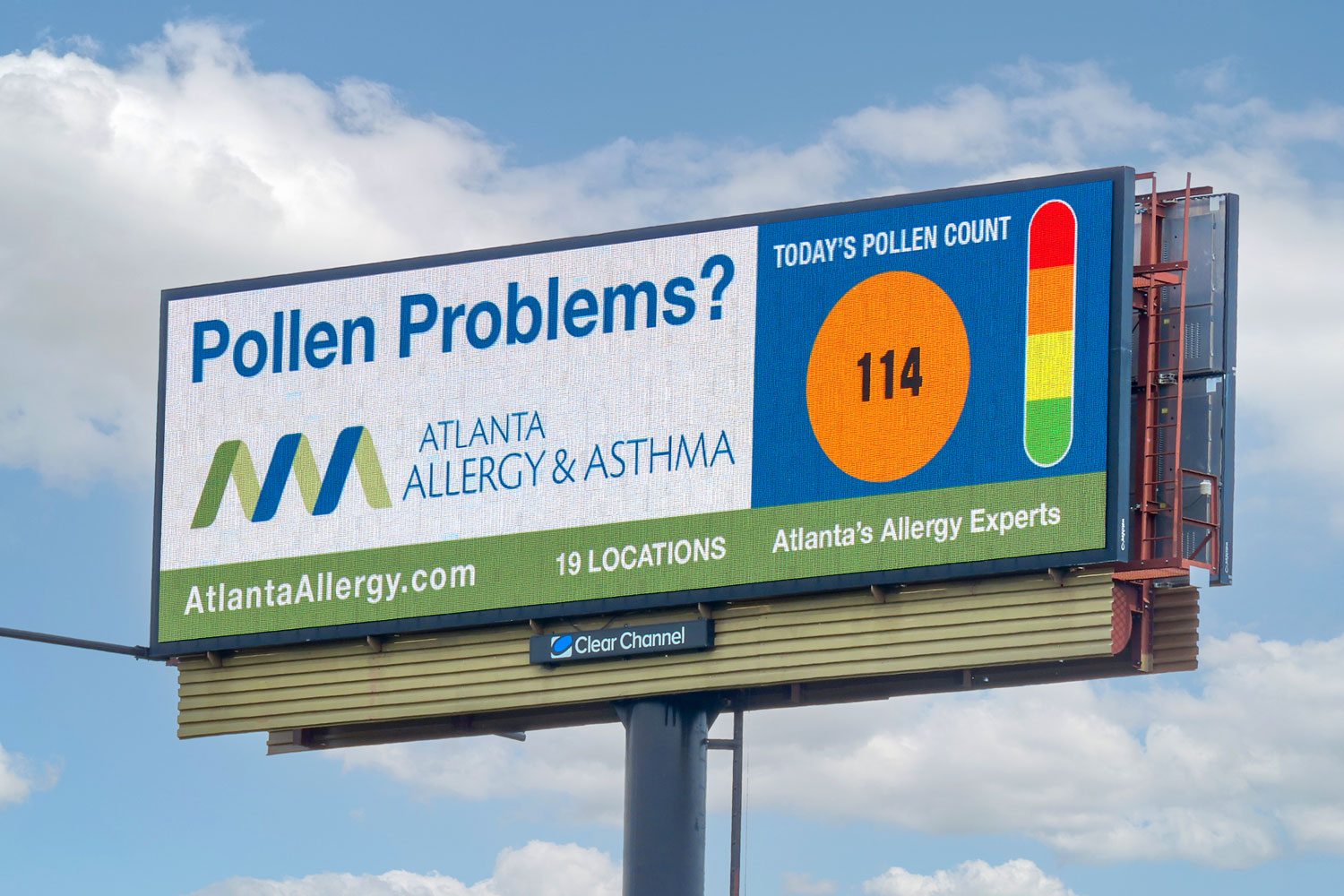
Supporting public health and safety year-round
Beyond storm and heat response, our digital billboards play a role in public health and environmental awareness. Displays can feature live pollen counts, air quality warnings, and wildfire alerts—all localized to the audience on the ground. In colder climates, community partners leverage our billboards to communicate snow emergencies and weather-related closures, helping to keep roads safer during major winter events.
To learn more about using Clear Channel Outdoor’s digital network for emergency communication, click here for more information on how we work with our communities to help keep residents safe and up to date.

Jason D. King
Senior Vice President, Corporate Communications & Marketing
For over 10 years at Clear Channel Outdoor, Jason has been responsible for shaping the narrative for many of the company’s most significant business wins and tech innovations in the out-of-home space. This includes the launch of CCO RADAR, CCO’s industry-first programmatic solution as well as the company’s competitive win of the airport media contract with PANYNJ and the nation’s largest roadside media contract with MTA. Leaning into his two decades experience in federal policy, state government and community affairs, King designed CCO’s Corporate Social Responsibility program from the ground-up and through his efforts the company has been recognized with the prestigious “Service to Cities” award from the National League of Cities and the Ad Council’s “Crystal Bell” for public service.
More by Jason D.Explore More Posts
OOH Spring Campaigns: Creative Strategies to Make Your Brand Blossom in 2026
Spring brings a renewed mindset for consumers, focused on fresh starts, special moments, and new purchases. Brands can capture this energy with billboard campaigns that inspire action during the season.
2 min
OOH Drives Engagement and Sales for much-anticipated Black Friday Shopping Events
Whether promoting a one-day doorbuster or a multi-week campaign, Out-of-Home (OOH) advertising is a door-buster for marketers to win this holiday season kick-off.
4 min
Maximize Holiday Reach with the Leader in Airport Advertising
Engage holiday travelers and boost brand visibility with our exclusive airport media programs in 55 commercial airports, reaching over half of all U.S. travelers each week.
3 min
Billboards Deliver During the Holiday Shopping Season and Beyond
Billboard advertising delivers impact, online engagement, and measurable outcomes. And for brands prepping for the holidays, billboards deliver shoppers to your doorstep.

